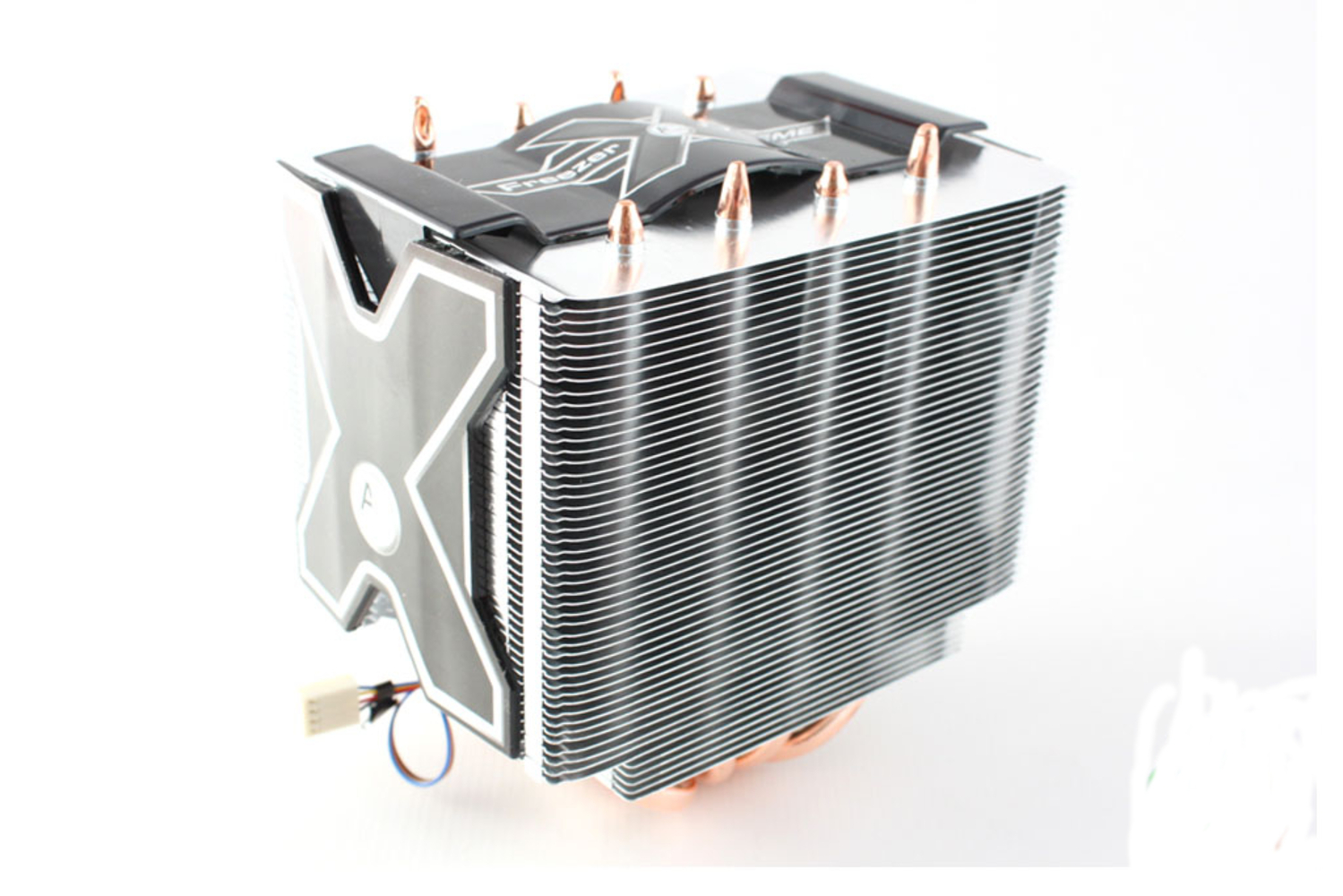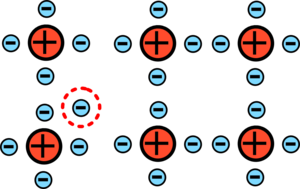Freezing Electronics, in liquid nitrogen
Ingredients

Electronics doesn't like being hot, and a huge amount of effort is expended in heat sinks and fans to keep it cool, but is cooling always a good idea. To find out I tried cooling an LED - Light Emitting Diode down to -196°C using liquid nitrogen. Most active electronics are created using diodes or combinations of them to form transistors, so this should give some idea of what would happen if you cooled a computer chip.
Instructions
Do not repeat this at home.
I dipped electronics in liquid nitrogen to reduce their temperature to -196°C.
Result
As the LED cooled, it got dimmer very quickly and then as it warmed it got brighter again
Explanation
Most electronics is dependent on materials called semi-conductors, this are naturally on the edge between a conductor and an insulator, in the pure state they don't conduct, but if you add an impurity with a few extra electrons, these are relatively free to move through the material and conduct.
 |
| A semi-conductor can have impurities which have extra electrons (circled) which are free to move. |
These electrons are however weakly attached to the impurity atoms, and need energy to escape, and conduct electricity. Normally this comes from heat, but if you cool the semi-conductor enough they get stuck, and the semi-conductor, stops conducting, and the device stops working.
This is a big problem if you are building a space mission, as if you are out of the sun it gets very cold in space, so you have to put most of your electronics in an insulated box and heat it during the night.
 |
| A NASA Mars Exploration Rover on the surface of Mars. The important electronics are all insulated in the body of the rover. |
- Previous Simple Motor - Homopolar motor
- Next Jet powered boat










Comments
Add a comment